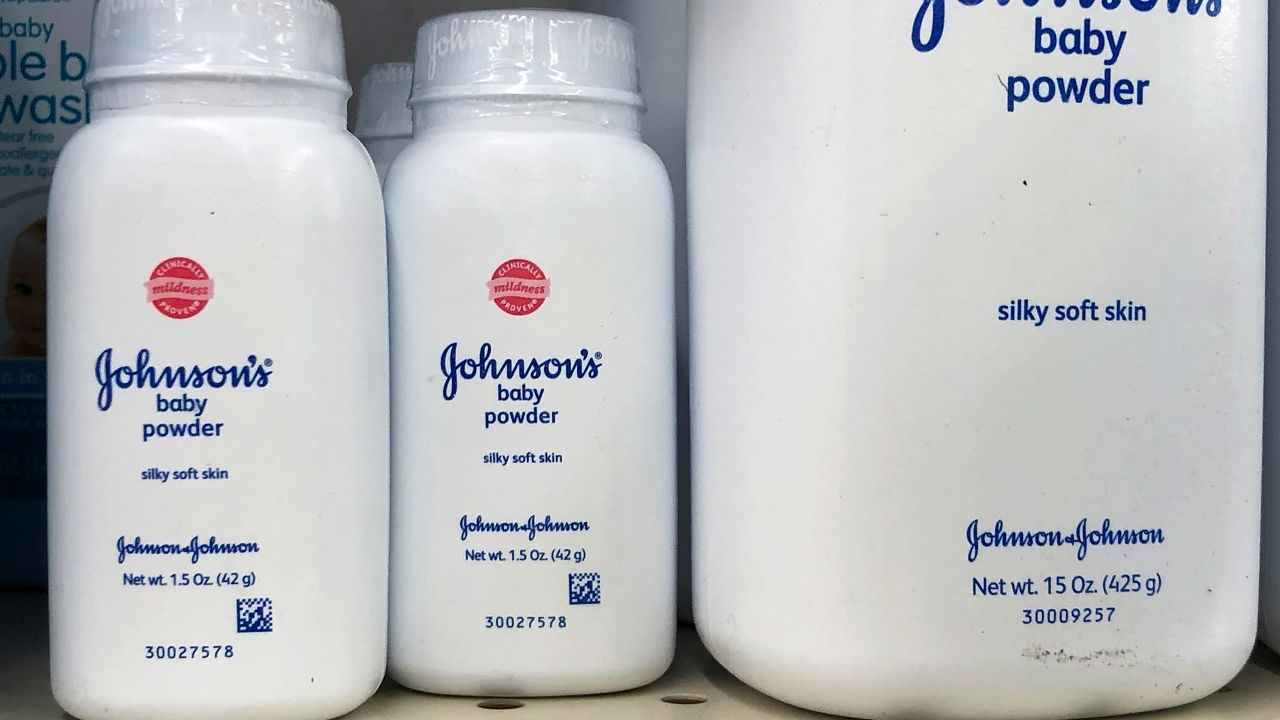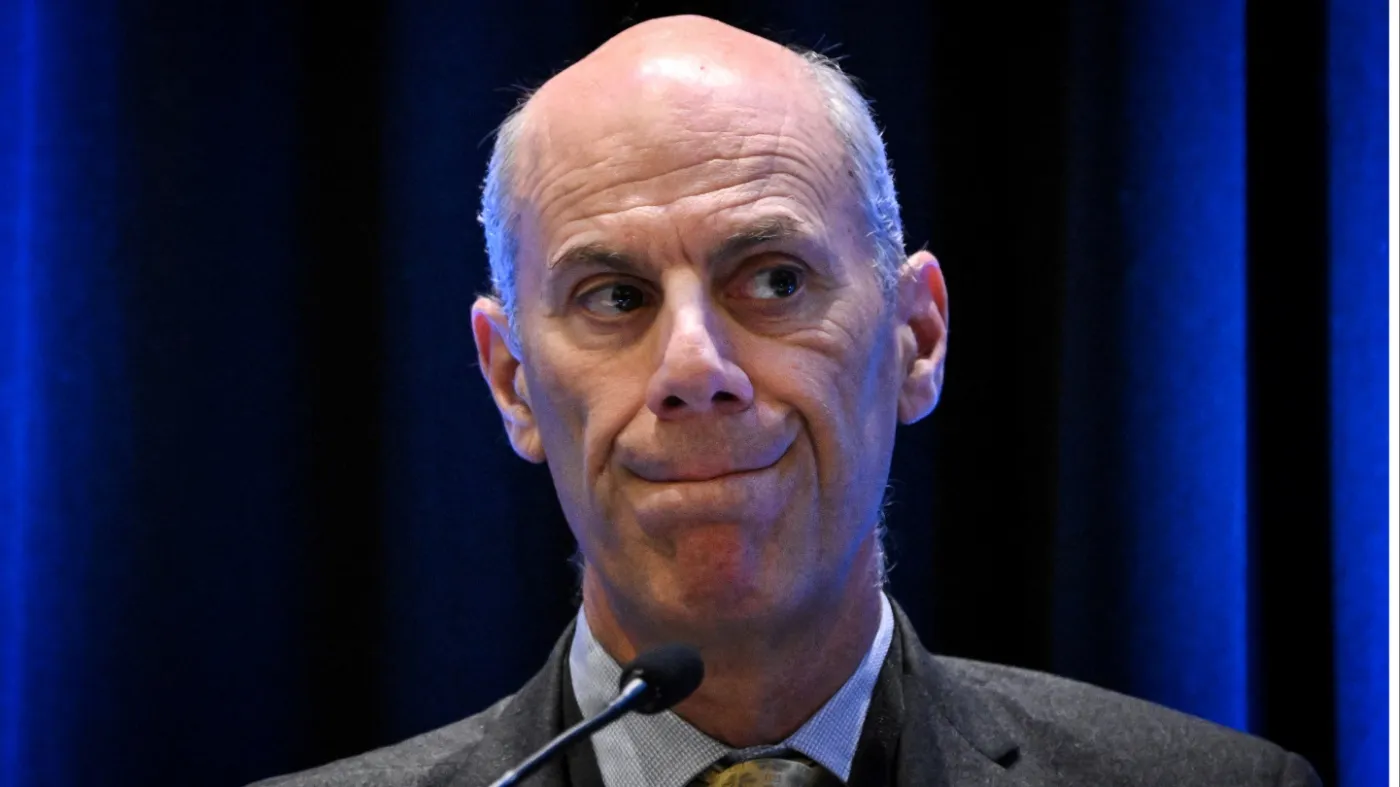Johnson & Johnson’s strategy to use bankruptcy to resolve the multibillion-dollar litigation over claims its talc products cause cancer was rejected by a federal appeals court on Monday, but the healthcare conglomerate said it would challenge the ruling.
The decision by the U.S. 3rd Circuit Court of Appeals in Philadelphia removed from bankruptcy the company’s LTL Management unit, which was facing more than 38,000 legal claims tied to products such as its Johnson’s baby powder.
J&J (JNJ) shares were down about 3% in midday trading on the New York Stock Exchange.
Ad Feedback
J&J, which maintains and reiterated on Monday that its talc products are safe, created and spun off LTL and assigned its talc liabilities to the unit and placed it in bankruptcy in 2021.
J&J had argued that bankruptcy provided a way to resolve tens of thousands of legal claims more efficiently and fairly than taking the cases to trial individually. The company pledged a funding “backstop” to ensure LTL could pay talc claimants.
The appeals court said it dismissed the LTL Chapter 11 petition because the unit was created solely to access the bankruptcy system.
“Applied here, while LTL faces substantial future talc liability, its funding backstop plainly mitigates any financial distress foreseen on its petition date,” said the 56-page opinion by the three-judge panel.
J&J said it will challenge the Third Circuit’s ruling and continue to seek a resolution of the lawsuits in bankruptcy court.
“As we have said from the beginning of this process, resolving this matter as quickly and efficiently as possible is in the best interests of claimants and all stakeholders,” J&J spokeswoman Allison Fennell said. “We continue to stand behind the safety of Johnson’s Baby Powder, which is safe, does not contain asbestos and does not cause cancer.”
J&J used a restructuring strategy known as the “Texas two-step” that was criticized by lawmakers and academics who argued the maneuver could provide a blueprint for other big companies to avoid juries in mass tort lawsuits.
Before the bankruptcy filing, J&J faced costs from $3.5 billion in verdicts and settlements, including one in which 22 women were awarded a judgment of more than $2 billion, according to bankruptcy court records.
But more than 1,500 talc lawsuits have been dismissed without J&J having to pay anything, and the majority of cases that have gone to trial have resulted in defense verdicts, mistrials or judgments for the company on appeal, according to LTL’s court filings.
The appeals court was urged to dismiss the bankruptcy petition by plaintiffs suing over the talc products. They argued one of the world’s largest healthcare companies should not be using bankruptcy to protect itself from lawsuits.
The cancer victims asked the appeals court to overrule a New Jersey bankruptcy judge who had allowed LTL’s bankruptcy to continue. LTL’s bankruptcy filing automatically stopped lawsuits from proceeding against it, and U.S. Bankruptcy Judge Michael Kaplan in Trenton, New Jersey ruled in February that LTL’s bankruptcy should also stop talc lawsuits from proceeding against parent company J&J.
Kaplan said the bankruptcy court is better equipped to handle mass tort litigation than other courts.
US court rejects J&J bankruptcy strategy for tens of thousands of talc lawsuits




